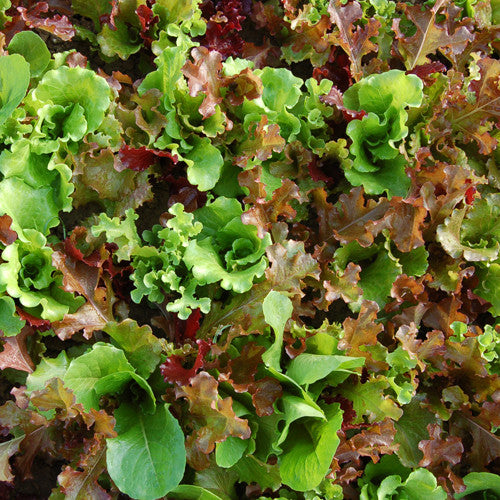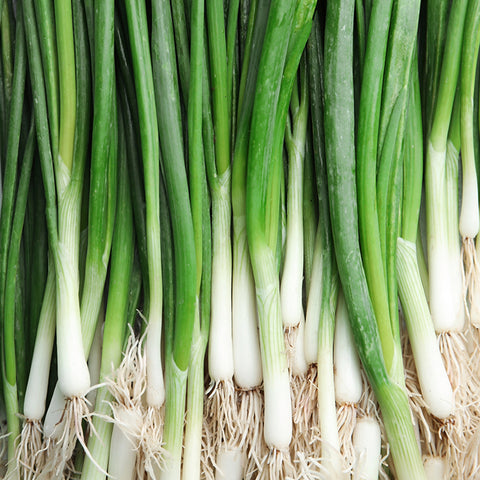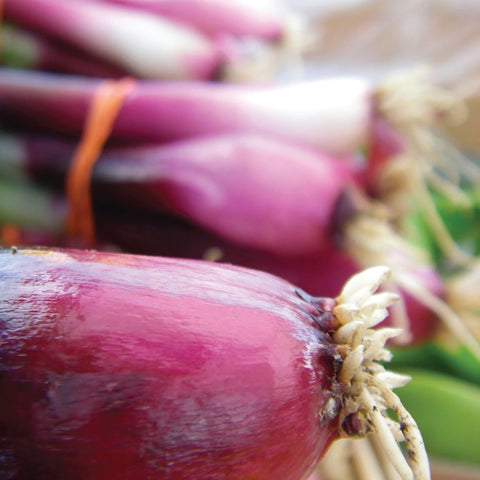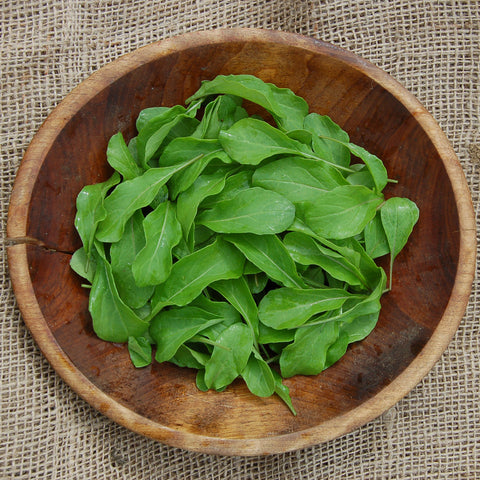Lettuce (Blend), Yankee Hardy Blend Lettuce (Certified Organic Seeds)
$4.79
This item may be out of season or currently out of stock. Please check back.
Description: A blend of flavourful and colourful lettuces that are cold-tolerant and disease-resistant. Resistance to Downy Mildew makes this mix a great choice for both early and late-season plantings. Ideal for home gardeners and market gardeners.
USDA Certified Organic/ Open Pollinated/ Non-GMO
Pack Size: 1/32 ounce
Latin Name: Lactuca sativa
Alternative Names: Organic Salad Mix
Main Uses: Culinary
Days to Maturity: 28 days
Exposure: Full sun
Height: 15 cm (6 inches)
Certified Organic: USDA Certified Organic
Germination: 7 - 9 days at 21ºC.
Indoors: Salad mixes are generally sown directly to where they will be grown to harvest size, so any indoor sowing would be for lettuce pots that are not meant to be transplanted. Lettuce mixes can be sown under lights any time of the year, or in a bright window starting in March.
Outdoors: Salad mixes are a cool-season crop and can be direct-seeded to pots outdoors, or the garden, once soil temperatures have reached 4˚C. The seed germinates best when temperatures are below 20˚C. In Manitoba, this means salad mixes can be started outdoors up to 6 weeks before the last frost date, and even earlier if a cold frame or other protection is provided. Likewise, fall is an ideal season to sow salad greens which will successfully yield a crop if direct-seeded in early September.
Planting Depth: Salad mixes should be sown to the soil surface and then lightly covered. Sowing seeds too deep may cause poor germination.
Spacing: Salad mixes are planted at approximately 1 seed every 1.25 cm (1/2"), and are not thinned once mature since they are grown as loose-leaf baby greens.
Growing in Containers: No garden? No problem! Salad mixes are well-suited to containers that are a minimum of 15 - 20 cm (6 - 8") in diameter. Bowl-style planters look great and work perfectly with salad greens. Half barrels and raised beds are also popular spaces for salad gardens - think Square Foot Gardening!
Fertilizing (Containers): Add 25% quality compost, such as Sea Soil, to the potting mix. Salad mixes are short-lived and typically quality soil and a single dose of organic fertilizer are all that are required for a bumper crop. We recommend Evolve Fish Grow as an ideal liquid organic fertilizer for salad greens.
Watering (Containers): Salad mixes do require regular watering for the best flavour and plant health. Salad mixes often require daily deep watering when grown in pots, and watering should be done in the morning to avoid scalding the leaves during hot spring or summer weather.
Growing in Mixed Planters: Salad mixes look great and produce beautifully in large mixed planters, such as half barrels or large bowl planters. Keep in mind that salad mixes should be direct-seeded to their container and that they will be a shorter element when growing among taller herbs and veggies (to help with your design planning!). Choose containers with drainage.
Fertilizing (Garden): Salad mixes generally love rich soil, and should be planted where the soil has been amended with quality compost. We recommend Sea Soil. Additional fertilizing is not usually necessary, however many gardeners apply a weekly kelp supplement such as Sea Magic to improve drought tolerance and productivity of salad mixes.
Watering (Garden): Salad mixes require regular watering during the summer months. During hot weather under-watered greens quickly become bitter. The easiest method in the garden is to use a soaker hose, particularly for large salad patches. Pay attention to water early in the day, to avoid scalding the leaves.
Companion Planting: Salad mixes are not often grown as part of a companion planting strategy, but certainly planning to grow salad greens among or below other taller plants will help with summer shade, which prolongs the productivity of the greens.
Suitability for Indoors: Well-suited for indoors - especially for baby greens - provided a sunny location.
Exposure: Full sun (March - September) or grow lights (October - February).
What about Grow Lights? T5 full-spectrum lights are ideal for this crop.
General Indoor Care: Sow fresh seeds indoors in the fall, choosing a well-drained potting mix amended with 25% quality compost. We recommend Sea Soil compost.
Indoor Container Suggestions: Minimum 15 cm (6") container - bowl planters are ideal. Try shallow bulb pans or recycled grocery containers with drainage holes punched out as creative options.







